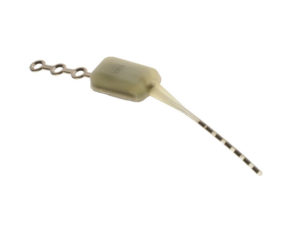
Autonomic Technologies, Inc., has announced the publication of results from the Pathway R-1 registry study demonstrating the Pulsante SPG Microstimulator System’s effectiveness in more than two-thirds of patients with cluster headache, a disabling neurological condition with no known cure. The study results, published in The Journal of Headache and Pain, support the positive safety and efficacy results seen in the pivotal Pathway CH-1 randomised controlled trial, for which 24-month results were published in 2016. Autonomic Technologies is a medical device company focused on the development and commercialisation of innovative therapies for the treatment of severe headache.
Therapy with the Pulsante SPG Microstimulator System works by stimulating a nerve bundle behind the nose known as the sphenopalatine ganglion (SPG). Pathway R-1 is the first prospective study to evaluate the effectiveness of SPG stimulation through one year in an open-label setting with both chronic and episodic cluster headache patients. Following the 85 patients (78 chronic, 7 episodic) that completed 12 months in the study, investigators found the treatment to be effective in 68% of patients at one year, either through a significant reduction in the frequency of attacks and/or through achieving pain relief in most attacks. Among all patients, 13,600 attacks were acutely treated with SPG stimulation in the study.
The study also demonstrated a significant reduction in attacks. On average, patients experienced 42.9% less cluster headaches at 12 months (p<0.0001, n=85) than before starting Pulsante therapy. Most of this reduction occurred in the first few months of therapy and was sustained throughout the study to one year. In addition to less attacks, patients also reported clinically meaningful improvements in disability levels, quality of life, and medication use.
“This study’s results are very encouraging because they reinforce clinical results seen in earlier cluster headache studies with SPG stimulation and demonstrate the therapy’s effectiveness in patients suffering from the burden and pain of cluster attacks,” said Niamh Pellegrini, president and CEO.
As seen in prior clinical studies of the device, side effects experienced in the Pathway R-1 registry study were generally considered mild to moderate and generally resolved within a few months—similar to side effects experienced in orofacial procedures. Overall patient satisfaction was high, and 86% of patients in the study said they would recommend the therapy to someone else.









